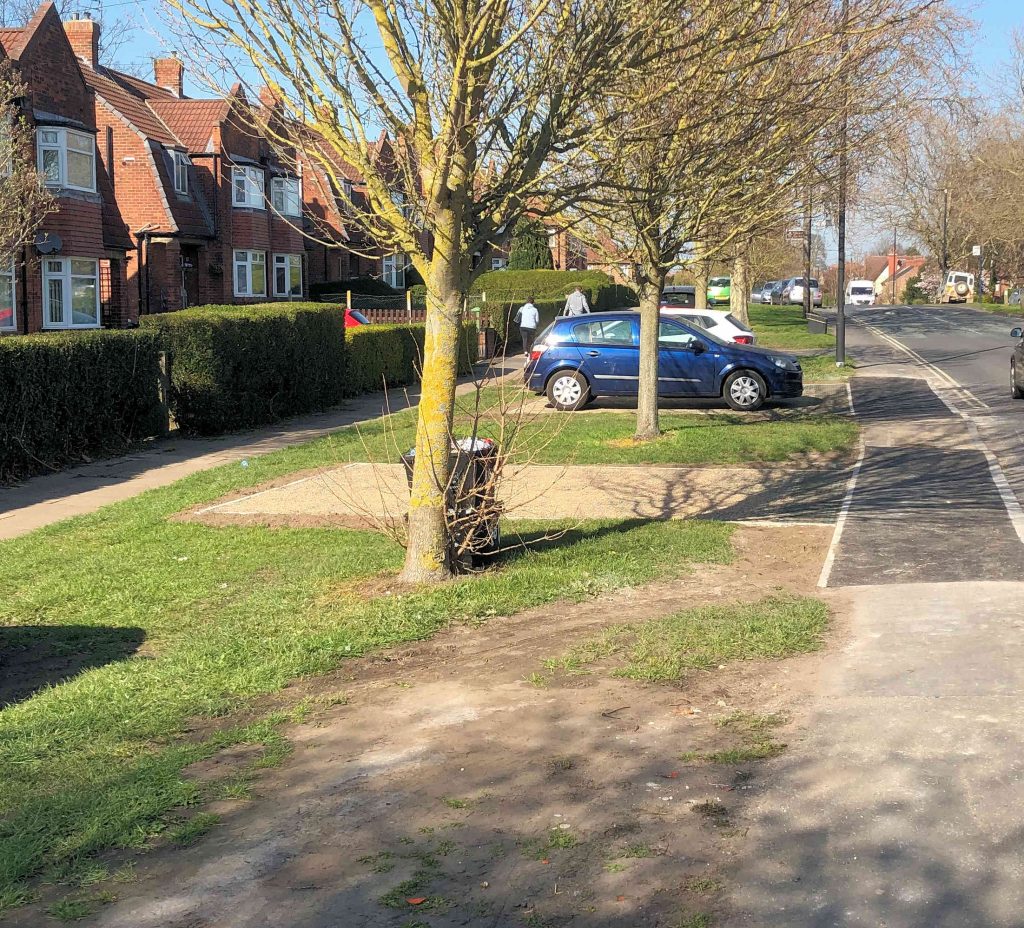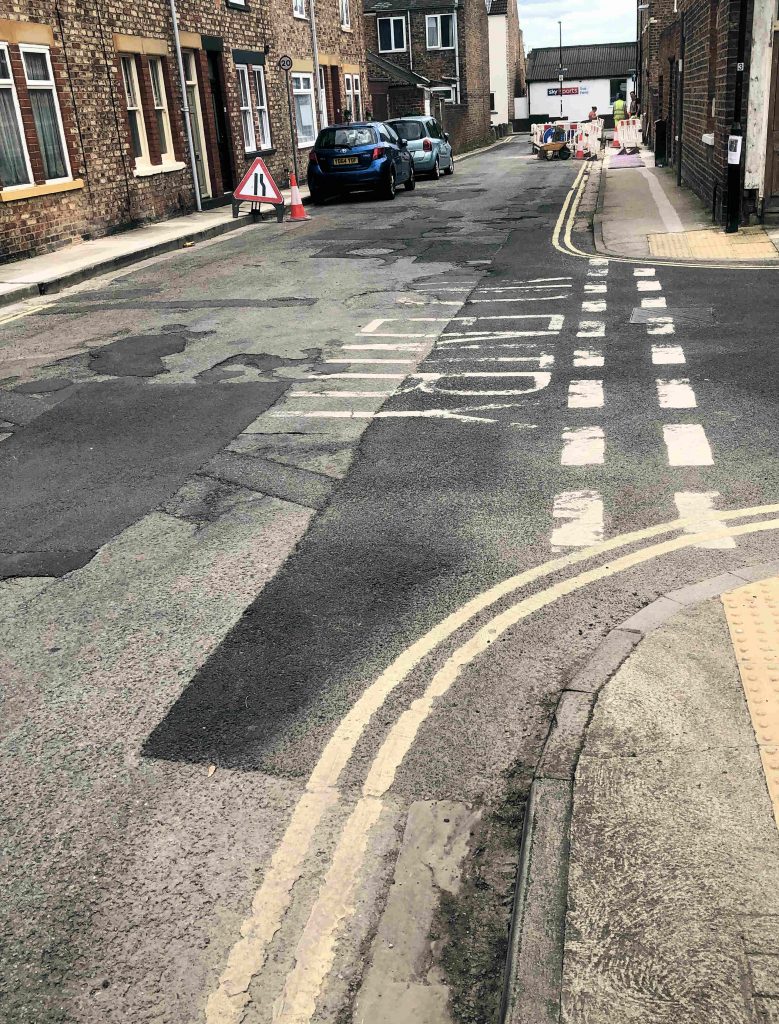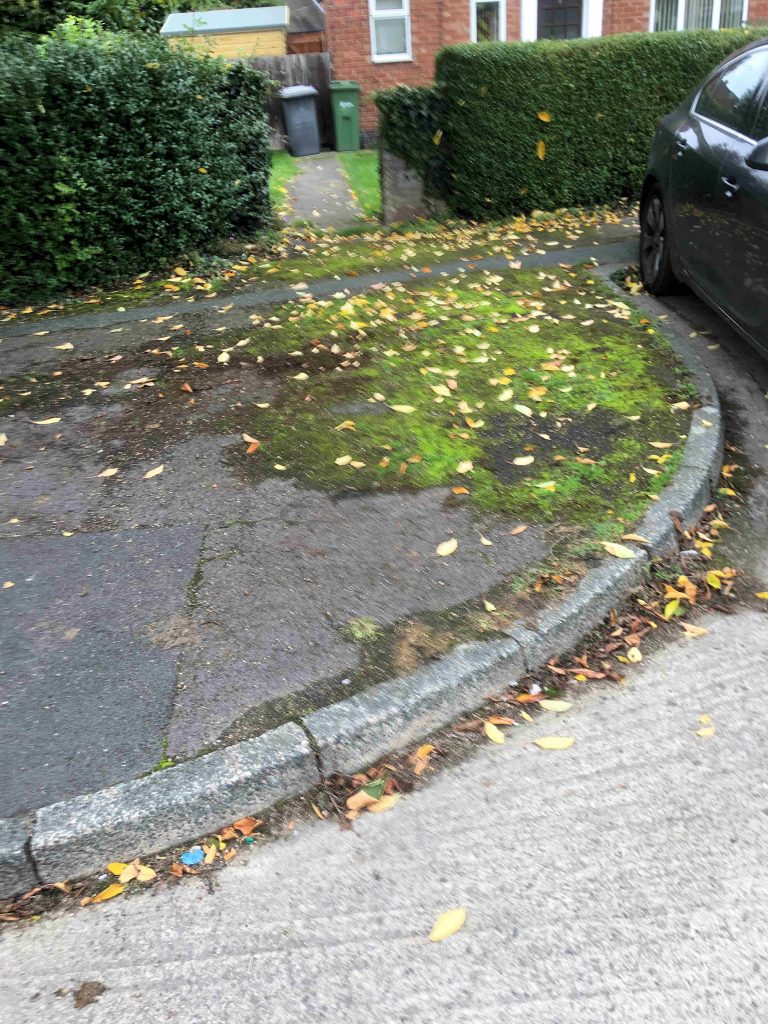One interesting side effect of the Council report, on improving graffiti removal processes across the City, has been the re-publication of the Service Level Agreement (SLA) or “Customer Contract” for Council estates. The agreement was last reviewed in 2013 and is one of several SLAs which were agreed for different public service areas across the City.
All references to them were removed from the Council web site several years ago.
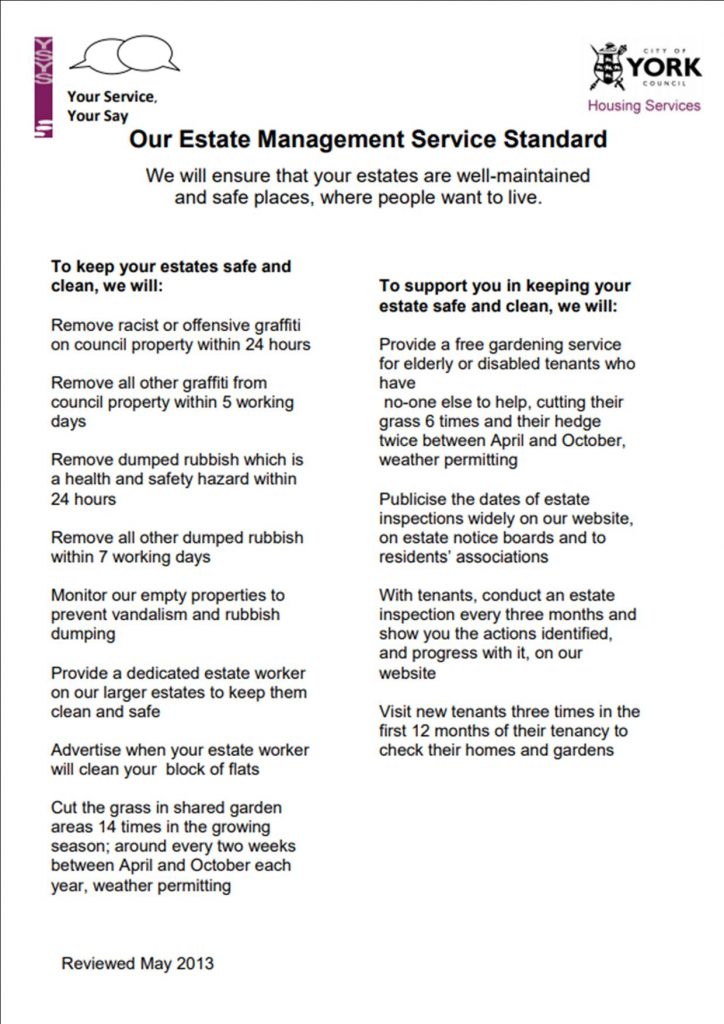
The SLAs have never formally been abandoned by the Council, but even a casual glance at some of the requirements (above), reveals failings.
The Council promises to “Publicise the dates of estate inspections on our website” & “conduct an estate inspection every three months and to show you (the tenant) the actions identified and progress with it on our web site”
Tenants will search in vain for such information on the Councils web site.
The Council no longer even publishes the agendas & minutes of resident’s association meetings on its site. Lack of support from the Council, means that many of the listed residents associations have ceased to function.
Although the Council promises to “remove dumped rubbish within 7 days”, proactive cleansing no longer routinely takes place. A mobile “estate worker” reacts only to reported issues. This may explain the lamentable drop off in street cleansing standards in some estates this summer.
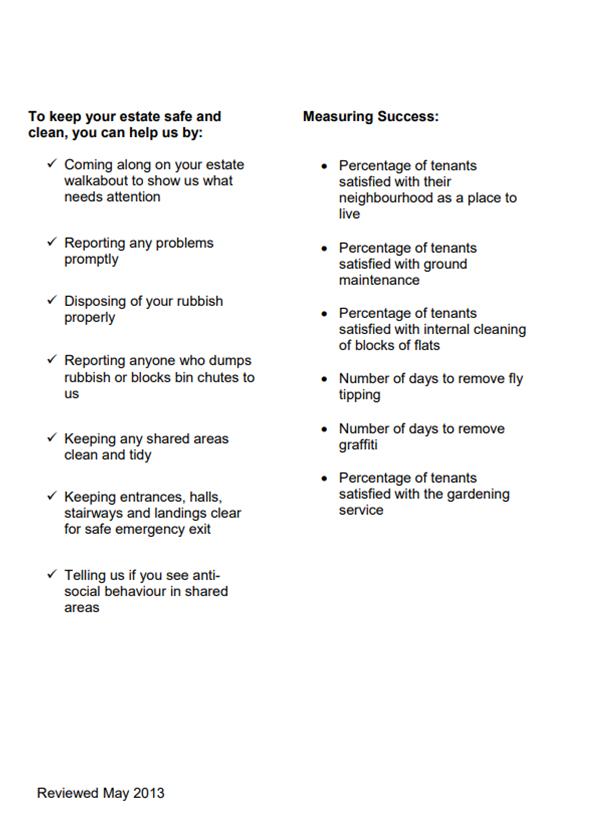
Customer satisfaction and KPI stats are not published at an estate level. Most are not routinely shared with residents’ associations.
Good environmental standards on estates require a lot more than litter removal, of course. Many complaints relate to poorly maintained roads, street furniture and anti-social behaviour.
Even when problems like overgrown trees and hedges are identified as an issue the Council fails to take effective action.
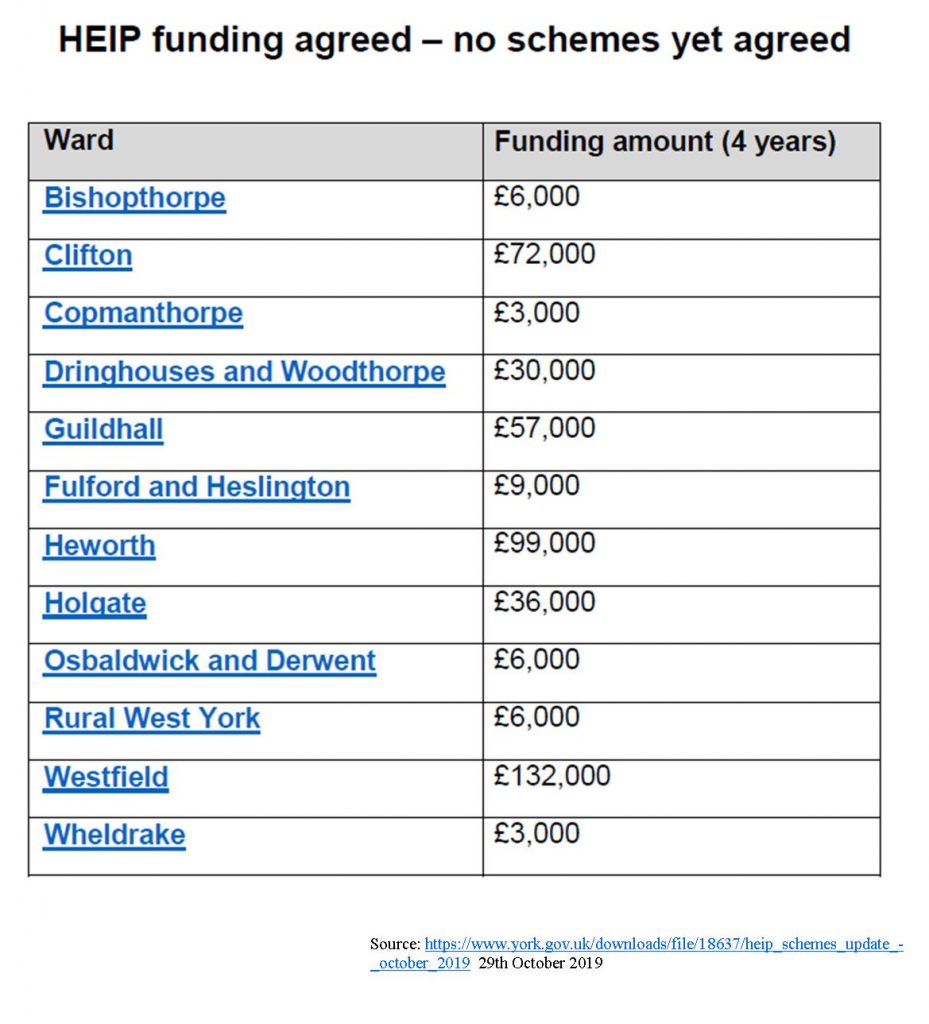
In Foxwood a list of streets where hedges needed cutting back from public footpaths was identified 6 months ago. The estate improvement budget was identified as a source of resources with action to be taken over the winter period, but the work has, apparently, yet to be authorised by ward Councillors.
The Council should review and republish all its SLAs. Performance against target should be reported frankly and regularly at least on social media channels.
That fresh approach needs to start now. It will need the committed and public support of senior managers and executive Councillors

